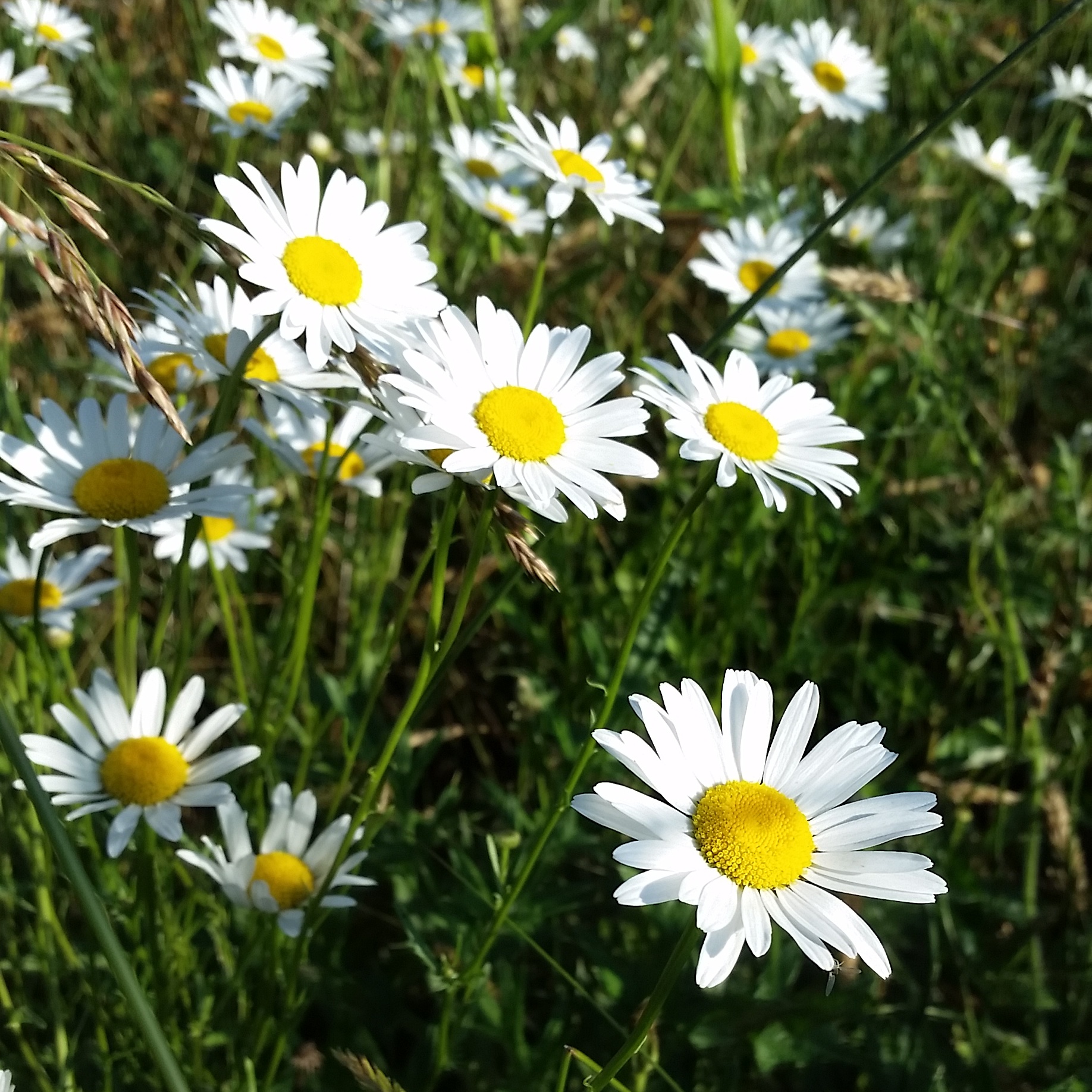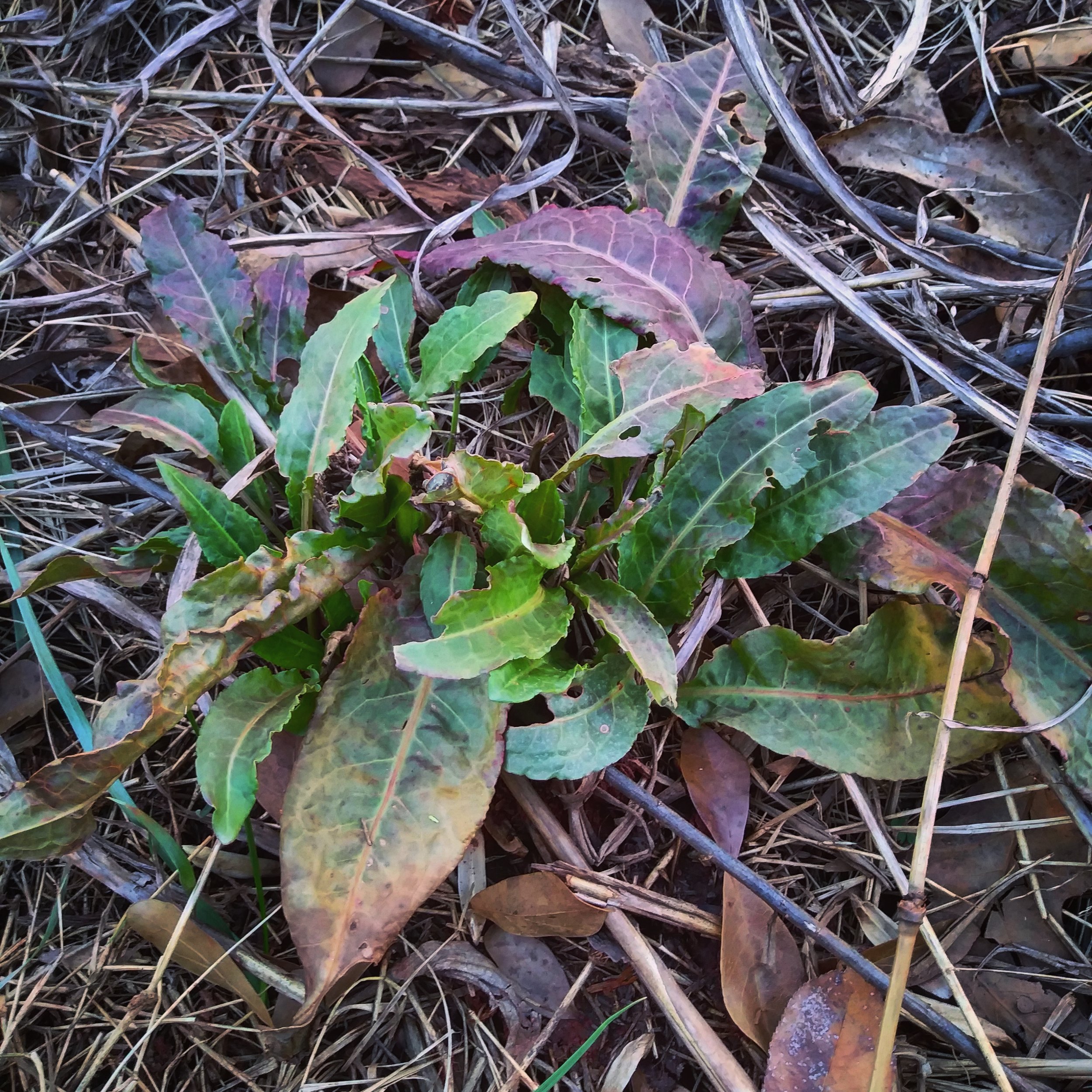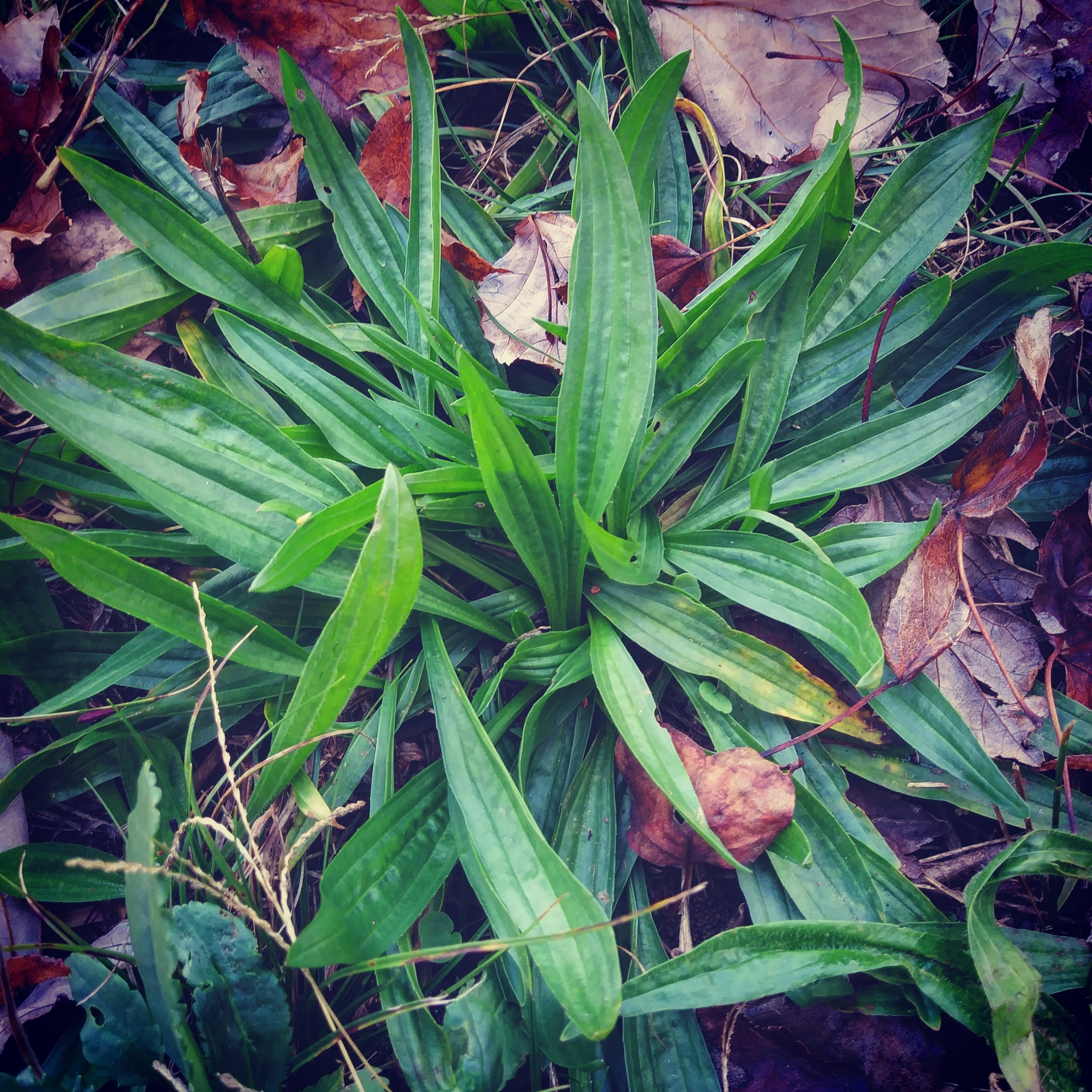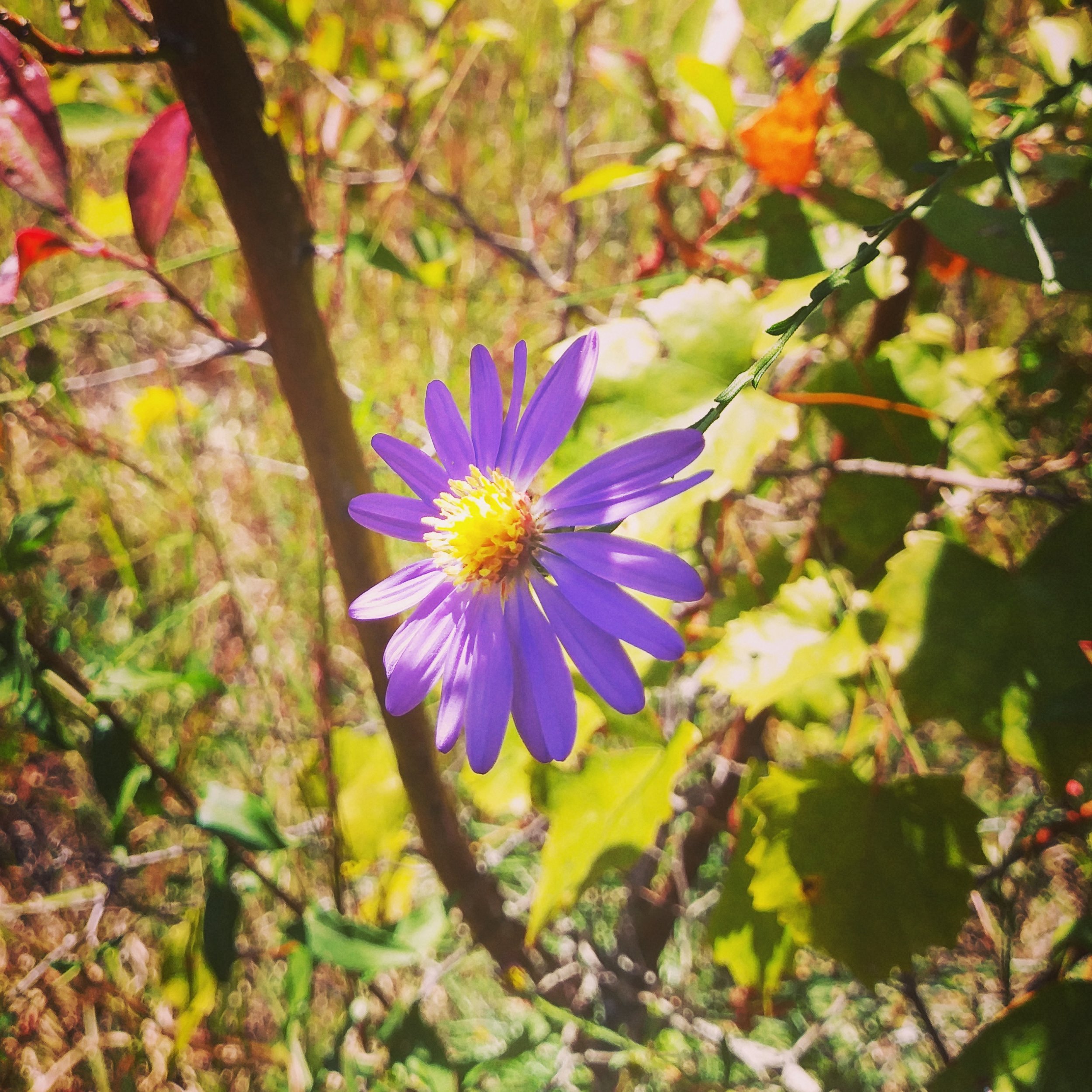“During the Civil War, the Yankees put us in a tight spot by blockading our ports, preventing any shipments of supplies or medicine from coming through from the outside. In the Deep South, malaria and yellow fever were serious problems back in that day, and were taking many desperately needed men out of the action on the battlefield.”
Read more#WildEdibleWednesday 9/12 - Orange Jewelweed
Medicinally, jewelweed really only has one application: Used externally, as a poultice or decoction. However, in this application, it’s fantastic.
Read more#WildEdibleWednesday 5/30 - Oxeye Daisy
One of the most recognizable wildflowers in the world, daisies have also been used as a medicinal plant for thousands of years.
Read more#WildEdibleWednesday 2/28 - Chickweed
"Chickweed is just another example of how the most valuable plants in your yard are probably the ones you’ve been trying to kill. Along with plantain, oxalis, lamb’s ear, burdock, dandelion, and many more, there’s a whole salad bar and pharmacy right outside your front door."
Read more#WildEdibleWednesday 1/24 - Wild Horseradish
"There is a compound called allyl isothiocyanate present in horseradish that is toxic to most bacteria, meaning that questionable or even outright spoiled meat could be cooked with horseradish and be considered reasonably safe to eat, and the pungent flavor would mask the taste."
Read more#WildEdibleWednesday 1/10 - American Beech
Their bark is totally smooth – the only large tree in our area that doesn’t have textured bark when mature. This bark is a perfect canvas – look hard at any mature beech and you’ll probably see names, dates, hearts, and initials carved into the bark.
Read more#WildEdibleWednesday 1/3 - American Holly
Holly is NOT edible. The beautiful bright red (or slightly orange, depending on the soil) berries are one of the classic examples of “just because the birds are eating it, doesn’t mean you can eat it.”
Read more#WildEdibleWednesday 11/15 - Narrowleaf Plantain
"Some plant species have suffered from the spread of humans. Some have benefited immensely. Plantain is in the latter category. In fact, plantain really owes its success, and arguably its existence, to the spread of humans."
Read more#WildEdibleWednesday 11/8 - Witch Hazel
"By the late 19th century, witch hazel was used in a whole host of patent medicines. In 1866, Connecticut industrialist T.N. Dickinson patented a process to extract and distill witch hazel water on a grand scale and sell it commercially. That process is still used to this day..."
Read more#WildEdibleWednesday 10/18 - Late Purple Aster
For this week’s #WildEdibleWednesday, we’re going to continue on our wildflower kick with Symphyotrichum patens, or the Late Purple Aster.
Read more#WildEdibleWednesday 10/11 - Goldenrod
"Goldenrod gets a bad rap for causing fall allergies, and it’s not surprising why… the bright yellow flower heads look like pure pollen. However, it’s really a case of mistaken identity..."
Read more#WildEdibleWednesday 9/6 - Willow
Cultures all over the world, from the ancient Egyptians and Assyrians to native tribes throughout North America and Siberia, have all used willow bark as a pain reliever and fever reducer. The ancient Greek physician Hippocrates even wrote about it in the 5th century BC.
Read more











